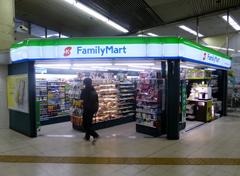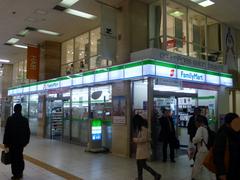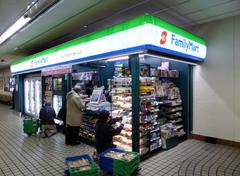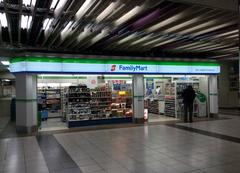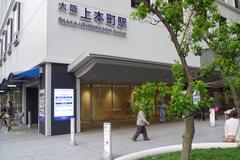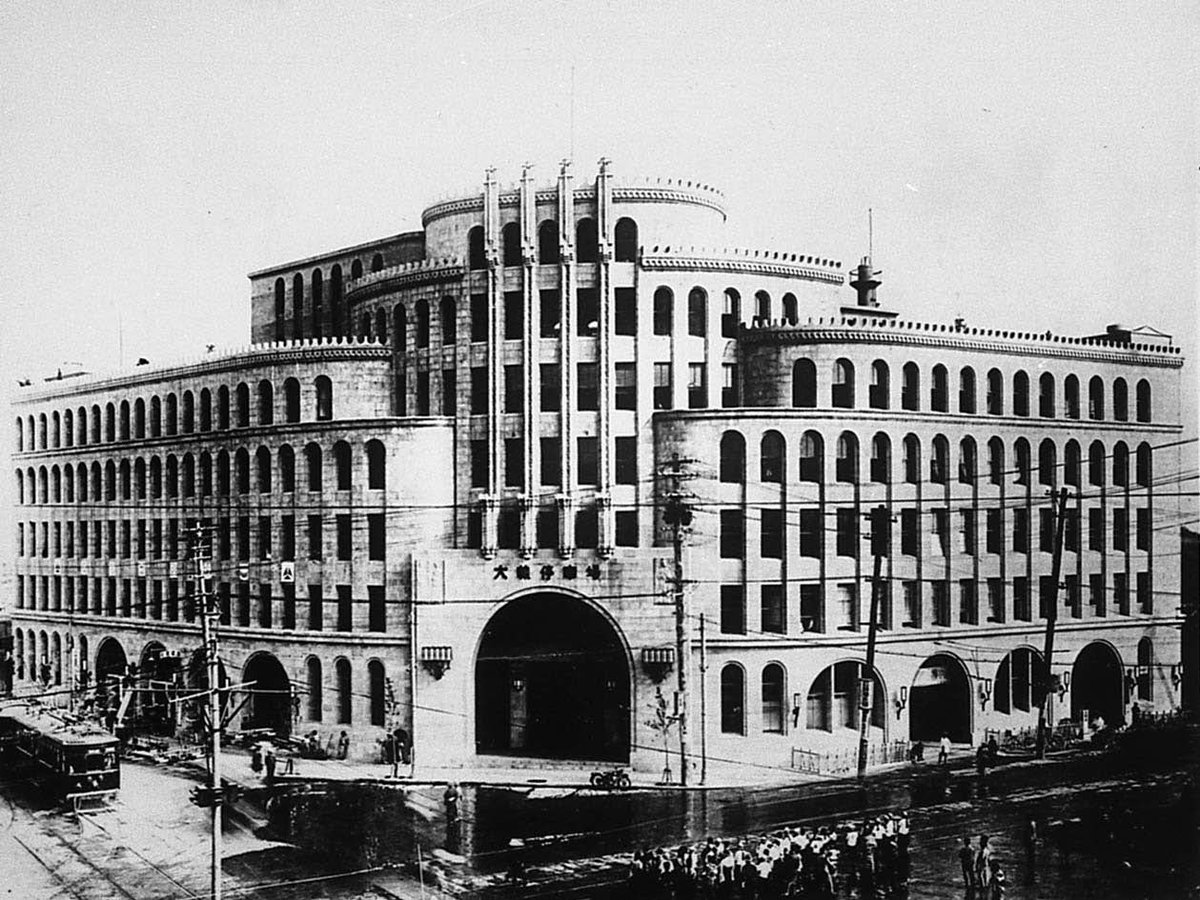
Osaka Uehommachi Station Visiting Hours, Tickets, and Travel Guide
Date: 14/06/2025
Introduction
Ōsaka Uehommachi Station stands as a major transportation hub and cultural gateway in Osaka, Japan. With a history dating back to 1914, the station has grown alongside the city, serving as a critical junction within the Kansai region’s railway network. Today, it connects travelers to key destinations such as Nara, Kyoto, Ise, and Nagoya, while anchoring a vibrant area filled with shopping, dining, and historical attractions. Whether you’re exploring Osaka’s rich heritage or navigating its modern urban landscape, Ōsaka Uehommachi Station is your ideal starting point.
For official travel information and virtual resources, visit the official Kintetsu website and the Osaka tourism portal.
Contents
- Historical Overview
- Visiting Hours and Ticket Information
- Accessibility and Travel Tips
- Nearby Attractions and Cultural Highlights
- Unique Features and Special Events
- Station Layout and Facilities
- Strategic Role within Osaka’s Rail Network
- Travel Tips for Visitors
- FAQ
- Summary Table: Key Facilities
- Integration with Surrounding Facilities
- Visiting Shitennoji Temple
- Conclusion and Final Tips
Historical Overview
Early Origins and Establishment
Founded in 1914 by the Osaka Electric Tramway Company, Ōsaka Uehommachi Station quickly became a key link between the city center and Osaka’s eastern suburbs. Its location in Uehommachi—an area with deep historical roots near Osaka Castle—helped foster local commerce and connect communities.
Expansion and Integration
During the 1920s and 1930s, the station expanded under the Kinki Nippon Railway Company (Kintetsu), becoming a major interchange for the Osaka Line, Nara Line, and Minami Osaka Line. This integration enabled seamless travel to regional destinations across Kansai, from Kyoto to Ise and Nagoya.
Wartime and Postwar Transformation
Despite suffering damage during World War II, the station was rebuilt and modernized in the postwar years, fueling Osaka’s economic recovery. The addition of commercial facilities and hotels in the 1950s and 1960s further reinforced its role as both a transit point and urban center.
Modern Urban Integration
Today, the station is a multifunctional complex, seamlessly blending transit, retail, and hospitality. Notably, the Kintetsu Department Store and Sheraton Miyako Hotel Osaka are located directly above the station, offering travelers unmatched convenience and comfort. Modern features such as barrier-free access and digital wayfinding ensure accessibility for all.
Visiting Hours and Ticket Information
- Station Operating Hours: Daily from approximately 5:00 AM to 12:30 AM.
- Ticket Offices: Generally open from 5:30 AM to 11:00 PM.
- Shops and Restaurants: Typically operate from 10:00 AM to 9:00 PM (individual hours may vary).
Ticketing Options:
- Automated ticket machines with English language support.
- Staffed ticket counters for assistance and seat reservations.
- IC cards such as ICOCA and PiTaPa for contactless travel.
- Discounted tourist passes: Kintetsu Rail Pass and Kintetsu Rail Pass Wide are ideal for multi-day travel between Osaka, Nara, Kyoto, Nagoya, and Ise-Shima.
- One-day and two-day passes available for selected routes.
Accessibility and Travel Tips
Ōsaka Uehommachi Station is designed for universal accessibility:
- Elevators, escalators, and tactile paving throughout the station.
- Accessible restrooms and baby care rooms.
- Multilingual staff available to assist travelers.
- Digital signage and real-time schedule information.
Travel Tips:
- Arrive early during peak seasons and festival periods to avoid congestion.
- Use IC cards for seamless transfers across multiple rail networks.
- Check the station’s official website for special event schedules and real-time updates.
Nearby Attractions and Cultural Highlights
- Osaka Castle: One of Japan’s most iconic landmarks, a short walk or subway ride away.
- Shitennoji Temple: Japan’s oldest officially administered temple, easily accessible from the station.
- Uehommachi Yokocho: Traditional shopping and dining street with local cuisine and crafts.
- Shinkabukiza Theater: Venue for traditional Japanese performances.
- Kintetsu Department Store & Uehommachi YUFURA: On-site shopping and dining.
- Sheraton Miyako Hotel Osaka: Directly connected to the station for convenient accommodation.
Unique Features and Special Events
- Seasonal guided tours of the station’s architecture and history.
- Photospots with panoramic city views.
- Efficient crowd management during major festivals and international events.
- Free Wi-Fi across concourses and waiting areas.
Station Layout and Facilities
Platforms and Connections
- Osaka & Namba Lines: Elevated and ground-level platforms.
- Nara Line: Underground platforms.
- Direct connection to Tanimachi Kyuchome Station: For Osaka Metro Tanimachi and Sennichimae Lines (Wikipedia).
Ticket Gates and Exits
- Central Gate: Main entry to concourse and commercial areas.
- East/West Gates: Access to bus terminals and taxi stands.
- Subway Passageways: Direct transfer to the subway.
Facilities and Services
- Automated ticket machines (Japanese/English).
- Coin lockers in multiple sizes.
- Restrooms (including accessible and baby care).
- Waiting areas for long-distance travelers.
- Shopping and dining—integrated with Kintetsu Department Store and YUFURA (Touristlink).
- ATMs and currency exchange.
- Multilingual information desk.
- Security staff and CCTV for safety.
Accessibility
- Elevators and escalators at all levels.
- Tactile paving for visually impaired.
- Wheelchair-accessible facilities.
Strategic Role within Osaka’s Rail Network
Ōsaka Uehommachi Station is a critical interchange and terminus for Kintetsu’s Osaka and Namba Lines, with easy transfers to the Nara Line and Osaka Metro.
- Kintetsu Osaka Line: Connects Osaka, Nara, Mie, and Ise regions.
- Kintetsu Namba Line: Direct access to Osaka Namba and connections to Hanshin Railways and multiple subway lines.
- Limited Express Trains: Frequent services to Nagoya (about 2h 20m) and Ise-Shima (about 31 trains daily in each direction).
Efficient design ensures short transfers, and intermodal connectivity is enhanced by adjacent bus terminals and taxi stands.
Travel Tips for Visitors
- Use Kintetsu Rail Passes for multi-day regional travel.
- Avoid rush hours (7:00–9:00 AM, 5:00–7:00 PM) for a smoother journey.
- Store luggage in coin lockers while sightseeing.
- Refer to bilingual signage and digital displays for navigation.
- Download travel apps for up-to-date schedules and platform information.
Frequently Asked Questions (FAQ)
Q: What are the station’s opening hours?
A: Typically open from 5:00 AM until midnight, with ticket offices from 5:30 AM to 11:00 PM.
Q: Where can I buy tickets?
A: At automated machines, ticket offices, and via mobile apps; IC cards are widely accepted.
Q: Are there discounted passes for tourists?
A: Yes, Kintetsu Rail Passes and other value passes are available.
Q: Is the station accessible?
A: Fully accessible, with elevators, escalators, and barrier-free pathways.
Q: Are there luggage storage facilities?
A: Yes, coin lockers and staffed baggage services are provided.
Q: Is Wi-Fi available?
A: Free Wi-Fi is provided in public areas.
Summary Table: Key Facilities
| Facility Type | Location/Details |
|---|---|
| Ticket Machines | All gates, multilingual support |
| Coin Lockers | Near concourses, exits, and subway connections |
| Restrooms | Main concourse, platforms, accessible options |
| Shopping/Dining | Kintetsu Dept. Store, YUFURA, station concourse |
| Information Desk | Main concourse, multilingual staff |
| Wi-Fi | Free in concourse and waiting areas |
| Accessibility | Elevators, tactile paving, accessible restrooms |
| Bus/Taxi Access | Adjacent to main exits |
| ATMs/Currency | In-station and department store |
Integration with Surrounding Facilities
Ōsaka Uehommachi Station is physically connected to the Kintetsu Department Store Uehommachi and YUFURA shopping complex, as well as the Sheraton Miyako Hotel Osaka, making it a true one-stop destination for travelers (Touristlink).
Visiting Shitennoji Temple: Osaka’s Ancient Landmark
Introduction
Shitennoji Temple, founded in 593 AD by Prince Shōtoku, stands as one of Japan’s oldest and most significant Buddhist temples. Located a short distance from Ōsaka Uehommachi Station, it offers deep insights into Japan’s spiritual and cultural history.
History and Cultural Significance
Originally built as a center for Buddhist learning and worship, Shitennoji Temple has shaped Osaka’s religious and architectural heritage for over 1,400 years. The complex features a striking five-story pagoda, main hall (Kondo), and a treasure house with ancient artifacts.
Visiting Hours and Tickets
- Temple Grounds: Open daily from 8:30 AM to 4:30 PM (last entry 4:00 PM); hours may vary during events.
- Admission: Free to the main grounds. Treasure House and Garden require a ticket (300 yen adults, 150 yen children).
Shitennoji Temple Official Website
Access
- From Ōsaka Uehommachi Station: 15-minute walk or short bus ride.
- By Subway: Tanimachi 6-chome Station on the Tanimachi Line, a few minutes’ walk.
Guided Tours & Special Events
- English-language guided tours available by reservation.
- Annual events include the Shitennoji Wasso Festival in October.
Accessibility & Facilities
- Flat, wheelchair-accessible grounds.
- Wheelchair rental at the entrance.
- Restrooms, café, and souvenir shops on-site.
Tips for Visitors
- Arrive early to avoid crowds.
- Observe temple etiquette—remove shoes where required, keep noise minimal, and respect photography restrictions.
- Combine your visit with nearby attractions for a full cultural experience.
FAQ
Q: Are there entrance fees?
A: Grounds are free; Treasure House and Garden require a ticket.
Q: What are the hours?
A: 8:30 AM to 4:30 PM daily.
Q: Are English tours available?
A: Yes, by advance reservation.
Q: How do I get there from Ōsaka Uehommachi Station?
A: Walk 15 minutes or ride the bus; detailed directions provided at station info counters.
Useful Links
Conclusion and Final Tips
Ōsaka Uehommachi Station is more than just a transit hub—it is a gateway to Osaka’s vibrant city life and rich cultural traditions. With its comprehensive facilities, easy accessibility, and proximity to historical sites like Shitennoji Temple and Osaka Castle, the station is perfectly positioned for both commuters and tourists. Use IC cards or discounted passes for convenient travel, take advantage of multilingual support, and explore the vibrant shopping and dining options directly connected to the station.
Plan your trip using official resources, keep an eye on special events, and immerse yourself in the best of Osaka’s past and present. For more travel planning, download the Audiala mobile app, follow our social channels, or consult the links below for further information.
Sources and Official Links
- Ōsaka Uehommachi Station: A Comprehensive Visitor’s Guide to Osaka’s Historic Transportation Hub, 2025
- Ōsaka Uehommachi Station Visiting Hours, Tickets, Layout, and Facilities Guide for Travelers, 2025
- Visiting Shitennoji Temple: A Guide to Osaka’s Historic Landmark, 2025
- Touristlink: Osaka Uehommachi Station Overview
- Wikiwand: Ōsaka Uehommachi Station
- Osaka Metro Guide

